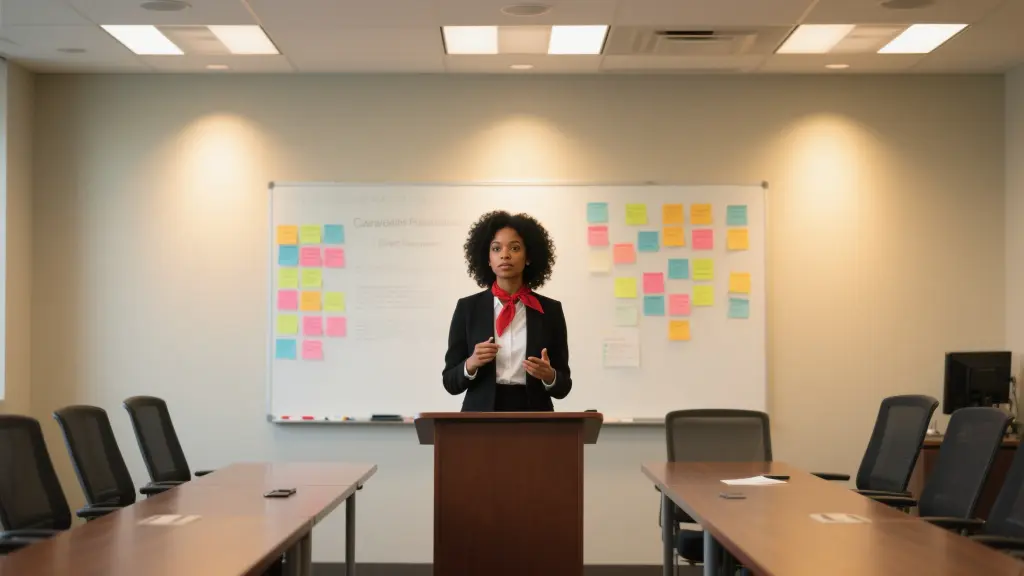Article directoryCloseOpen
- Identifying Key Areas for Development
- Setting SMART Goals
- Collaboration and Support
- Frequently Asked Questions (FAQ)
- What are professional goals for teachers?
- How can I set effective professional goals?
- Why is it important for teachers to have professional goals?
- Can I adjust my professional goals over time?
- What resources are available for teachers to help them achieve their professional goals?
By presenting actionable strategies and inspiring examples, this piece encourages educators to reflect on their aspirations and develop a personalized roadmap for professional growth. The journey toward achieving these goals not only benefits teachers’ careers but also enriches the learning experience for their students. Whether you’re a seasoned educator or just starting out, this article empowers you to take charge of your professional development and cultivate a vision that aligns with your passions and values. Together, let’s embark on a journey to unlock your full potential and create a significant impact within your classroom and beyond.
## Understanding the Importance of Professional Goals for Teachers
Setting professional goals isn’t just a good idea; it’s essential for teachers looking to make a real impact in their classrooms and beyond. These goals give direction and purpose, allowing educators to focus their efforts on what truly matters. When teachers have a clear vision of where they want to go, they’re not only preparing themselves for career advancement but also enhancing the educational experience for their students. So, what exactly should teachers consider when setting these goals?
Identifying Key Areas for Development
To create effective professional goals, it’s crucial to identify the key areas where growth is needed. Here are some important aspects to consider:
Setting SMART Goals
One of the most effective methods for setting professional goals is using the SMART criteria – Specific, Measurable, Attainable, Relevant, and Time-bound. Let’s take a closer look at how this framework can be applied:

Collaboration and Support
Achieving your professional goals doesn’t have to be a solo endeavor. Collaboration can play a significant role in helping you reach your aspirations. Forming relationships with colleagues allows for the sharing of ideas and strategies that can further enhance personal development. For instance, consider establishing a mentorship program, where experienced teachers can guide newer educators. This can foster a supportive environment where everyone benefits from shared knowledge and experience.
Table of Goals Example
Here’s a simple table to illustrate potential professional goals for teachers:
| Area of Focus | Specific Goal | Measurement | Timeline | Support Needed |
|---|---|---|---|---|
| Teaching Practices | Implement project-based learning | Student engagement rate | 1 year | Peer feedback |
| Technology Integration | Use Google Classroom | Student submission rates | 6 months | Training sessions |
| Continuous Education | Complete a certification course | Certificate obtained | 1 year | Online resources |
Setting professional goals as a teacher is not just about personal advancement; it’s about creating a richer learning environment and leaving a lasting impact on students. These goals shape the path of your educational journey and empower you to continually evolve as an educator.
Having professional goals is crucial for teachers as it serves as a guiding compass throughout their careers. When educators set clear objectives, they can prioritize their efforts and allocate time effectively, ensuring that they are working on what truly matters. This sense of direction not only keeps them motivated but also helps them navigate the complexities of teaching. It’s easy to feel overwhelmed by the multitude of tasks and responsibilities that come with the job, but having specific goals in place can streamline their focus and encourage a more organized approach to their professional development.
Moreover, these goals play a significant role in enhancing student learning outcomes and engagement. When teachers are committed to continuous improvement and aim to refine their teaching practices, the benefits extend to their students. A teacher who actively seeks to improve their methods is more likely to create dynamic and interactive learning environments that capture students’ interest. This emphasis on growth not only enriches the classroom experience but also cultivates a culture of achievement where students are encouraged to reach their full potential. The interconnectedness between a teacher’s professional growth and student success highlights the profound impact that clear goals can have within the educational setting.

Frequently Asked Questions (FAQ)
What are professional goals for teachers?
Professional goals for teachers are specific objectives that educators set to improve their teaching practices, enhance student learning, and advance their careers. These goals can encompass various areas such as classroom management, technology integration, curriculum development, and professional development opportunities.
How can I set effective professional goals?
To set effective professional goals, use the SMART criteria: ensure your goals are Specific, Measurable, Attainable, Relevant, and Time-bound. For example, instead of a vague goal like “become a better teacher,” try “implement project-based learning in my classroom by the end of the school year.”
Why is it important for teachers to have professional goals?
Having professional goals helps teachers maintain focus and direction in their careers. These goals not only support personal and professional development but also positively impact student learning and engagement, making the educational experience richer and more effective.
Can I adjust my professional goals over time?
Absolutely! Professional goals should be flexible and adaptable to changes in your teaching environment, personal growth, and evolving educational standards. Regularly reviewing and adjusting your goals can help keep you aligned with your aspirations and the needs of your students.
What resources are available for teachers to help them achieve their professional goals?
There are numerous resources available, including professional development workshops, online courses, educational conferences, and mentoring programs. Additionally, collaborating with colleagues and joining professional learning communities can provide valuable support and insights in achieving your goals.
